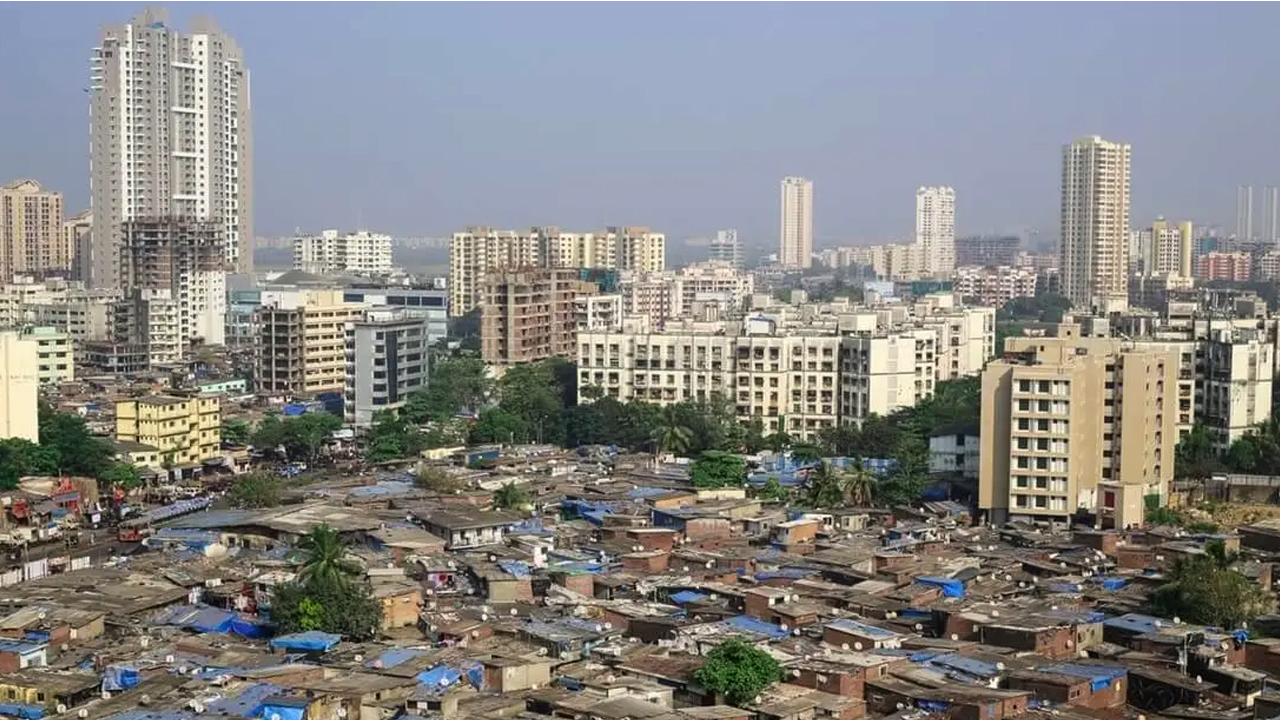India moved up a rank but is still placed at 134 out of 193 countries behind Sri Lanka (78), Bhutan (125) and Bangladesh (129) on the global Human Development Index (HDI).
Groundxero| March 15, 2024
After a drop in its Human Development Index (HDI) value in 2021 and following a flat trend over the past few years, India’s HDI value has increased to 0.644 in 2022, placing the country 134 out of 193 countries and territories in the 2023/24 Human Development Report titled ‘Breaking the gridlock: Reimagining cooperation in a polarised world’ released on March 13. While India ranked 135 in 2021, it had moved up to 134 in 2022. A total of 193 countries were ranked in 2022 and 191 countries in 2021. China and Sri Lanka are ranked at 75 and 78 respectively in the High Human Development category compared to India. India also ranks below Bhutan (125) and Bangladesh (129).
India is placed in the ‘medium human development category’, just as in previous years. In 2022, India saw marginal improvements across all HDI indicators – life expectancy, education and Gross National Income (GNI) per capita. Life expectancy rose from 67.2 to 67.7 years, expected years of schooling reached 12.6, mean years of schooling increased to 6.57 and GNI per capita saw an increase from $6,542 to $6,951.
According to the report, India also demonstrated progress in reducing gender inequality. India’s Gender Inequality Index (GII) value of 0.437 is better than the global and South Asian averages. On GII- 2022, India has been ranked at 108 out of 193 countries. Its rank was 122 out of 191 countries with a score of 0.490 in the GII-2021.
The GII measures gender inequalities in three key dimensions – reproductive health, empowerment, and labour market. While India’s performance in reproductive health is better than other countries in the medium human development group or South Asia, India has one of the largest gender gaps in the labour force participation rate—a 47.8 percentage point difference between women (28.3%) and men (76.1%).
The HDI was created to emphasise that people and their capabilities should be the ultimate criteria for assessing the development of a country, not economic growth alone. The three factors contributing to HDI are Education, Health and Income. One of the key factors for the low ranking in HDI is prioritisation of funds of the country to develop the Human resources of the country. India spends 3.3% of GDP on education whereas the world average is 5%. India spends 3.9% of GDP on healthcare, while China spends 5.2% of GDP on healthcare. Out of 100 rupees India spends only Rs. 7 on education and healthcare. The report points to the need of the Indian government spending much more money on developing human resources rather than focusing on increasing the GDP of the country. India’s loss in HDI due to inequality is 31.1 percent. It shows that the rise in national income through growth is going into the coffers of a few accelerating inequality.
The 2023/24 report presents a miserable picture of a world that is deeply divided and scarred by war and conflict. The report says that inequality across the world is rising again. After 20 years of convergence, the gap between the richest and poorest countries has started to widen from 2020. These global inequalities are compounded by substantial economic concentration. As referenced in the report, almost 40 percent of global trade in goods is concentrated in three or fewer countries. In 2021, the market capitalization of each of the three largest tech companies surpassed the Gross Domestic Product (GDP) of more than 90 percent of countries that year.
In a video summary on the report, UNDP said:
The Human Development path has shifted downwards, and these losses may be permanent, with the weakest countries being left behind, after decades of catching up. Our inability to manage global challenges like climate change and pandemics not only threatens our well-being, but also sows division, fear and conflict around the world. No country alone can tackle challenges that spill across borders, whether a virus or a warming planet, and yet we are stuck in a gridlock with paralysing polarisation spreading everywhere. We cannot break this gridlock by turning inwards. We need to re-imagine how we cooperate.
.



A damning testimonial to the action of the government which has worked day and night for billionaires.